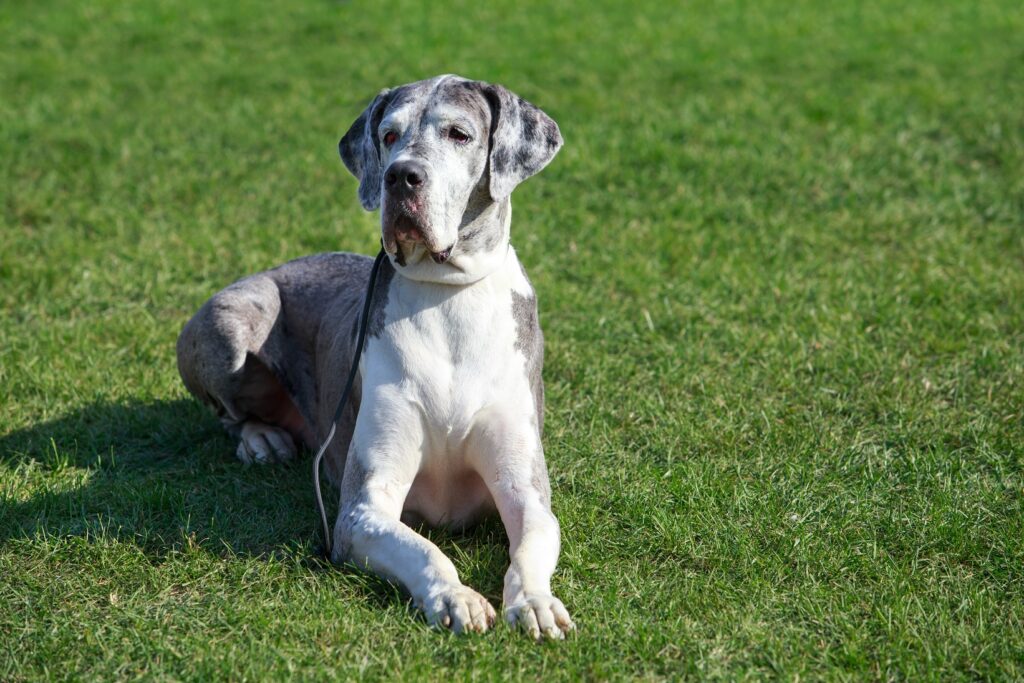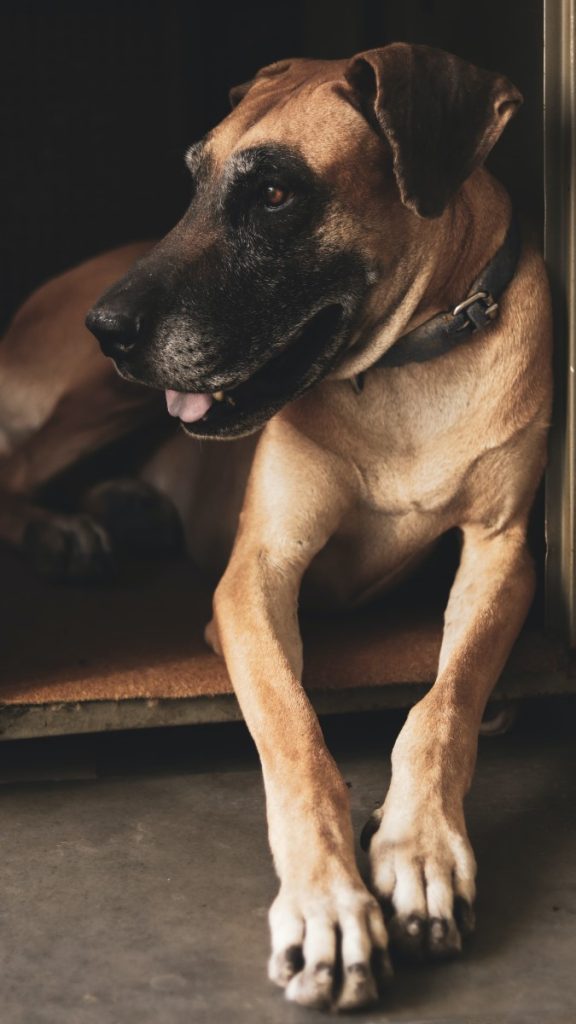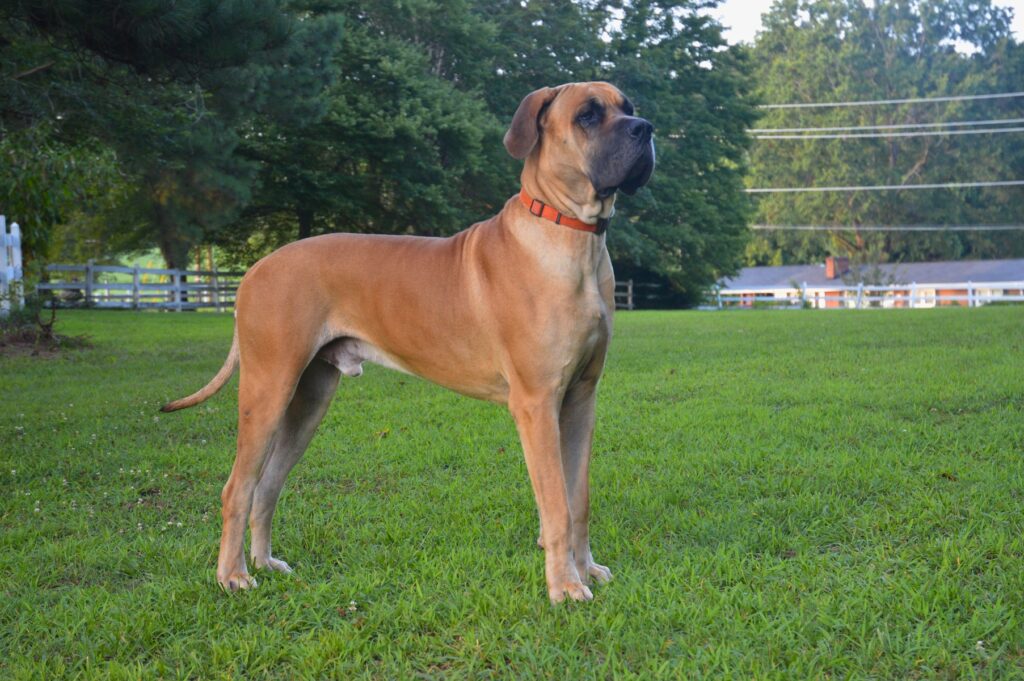History of the Great Dane
While many attribute the origin of the ‘gentle giant’ to Germany, Egyptian artefacts from 3000BC, Babylonian temples built in 2000BC, and Chinese literature from 121BC, indicate the Great Dane actually arose from Tibet. It is believed the breed was then taken to other countries by Assyrians, an ethnic group indigenous to the Middle East, who traded Great Danes to Greeks and Romans. Once traded, these dogs were bred with other breeds such as great ancestors of the English Mastiff, Irish Wolfhound, or Irish Greyhound. This resulted in a leaner, faster, and more chiselled version of the breed. Interestingly, this could be why Great Danes are also referred to as the ‘Apollo of dogs’, who is the Greek god of the sun.
Eventually, the breed made its way to Germany where it was raised to protect country estates and hunt wild boar. Their ears were even cropped in the early 1600’s, to prevent them being torn by from boar husks during their hunt. At this time, they were aptly named ‘Boar Hounds’. Interestingly, the shape of their snout and facial composition (i.e. square jaw and loose lips) means they are also known to drool more than other breeds.
In the late 1600s, the Great Dane was then welcomed and favoured by German nobles as the most handsome of their canines, where they lived a life of luxury. They were named ‘Kammerhunde’ (also known as ‘Chamber Dogs’) and were often pampered, on occasion, even wearing gilded velvet collars! Over time, Germany continued to refine the Great Dane and aimed to breed a gentle and more friendly version of the dog to become a companion, rather than a predator. This resulted in the ‘gentle giant’ we know and love today.
The name ‘Great Dane’ was actually coined by a Frenchman in the 1700s when travelling to Denmark where he came across the breed and named it ‘Grand Danois’. This become ‘Great Danish Dog’ and then ‘Great Dane’ as it is known today. However, Denmark did not ever contribute to the development of this breed. Later in the 18th century, the breed became a family guard dog for wealthy, upper-class citizens to protect estates and carriages. Great Dane’s were also favoured for sport due to their ability to hunt wild boar.

 Greencross Vets
Greencross Vets 





